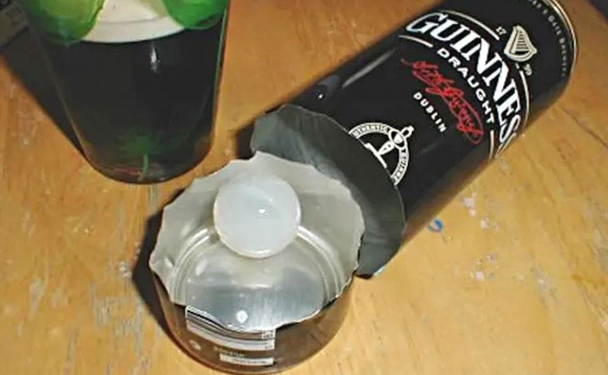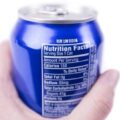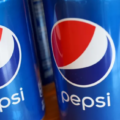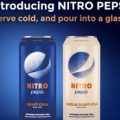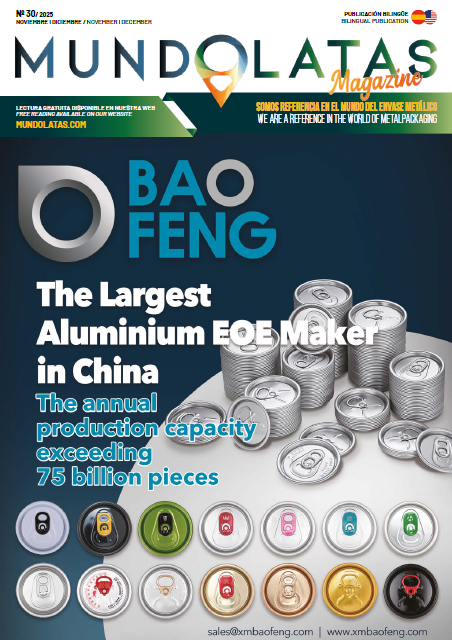Guinness beer comes with a little surprise, a plastic ball called a ‘widget’ inside the can. The function of this ball is very simple, it is responsible for releasing bubbles into the beverage when it is opened, thus improving the flavor of the beer. In addition, this brewing innovation influences the unique taste and texture of the brand, creating a unique experience for consumers.
The Guinness ‘pellet’ is a feature that the malt beer employs to ensure that consumers enjoy the product to the fullest. This little ball, made of plastic, is placed inside the glass to enhance the appearance and taste of Guinness, demonstrating its commitment to quality.
The Guinness plastic ‘ball’ is used to create a creamier and smoother foam in the beer. It is a hollow, spherical piece of plastic with a small hole, which is filled with liquid nitrogen and beer during the canning process. Brewers add liquid nitrogen as part of the canning process. This causes pressure to build up inside the can, which causes gas and liquid to enter the widget inside through the tiny hole, as Guinness explained.
When the can is opened, the liquid nitrogen evaporates and flows out of the widget, mixing with the beer and creating a keg-like texture. Guinness patented the widget idea in 1969, but did not introduce it in its cans until 1989. The widget makes Guinness a unique beer that is different from other Irish beers or other types of beer.
One of the most recognized and famous characteristics of Guinness beer when opening a can is the “pssshhh” that comes out. This is due to the mixing of the gas and liquid contained in the widget with the beverage, thus forming a peculiar foam.
Unlike most cans of beer, where it is recommended to pour the contents into a glass with once opened, Guinness comes with a device called a widget that resembles a rocket. This technology allows the user to drink directly from the bottle without any further manipulation.
The early days of widgets saw the advent of these flattened disks to be placed inside a can. Its purpose was to keep the beer cold, however, if the liquid was hot it could generate rashes when the can was opened. To put an end to the problem in the bubbling system inside the beer, Guinness introduced its innovative technology called ‘smoothifier’ which was released in 1997 and is now present inside its cans.
The difference between carbon dioxide and nitrogen in brewing is fundamental. These two elements have opposite properties and play an important role in the flavor of the beer, so they must be chosen carefully to achieve the best results.
To give some drinks their characteristic bitter texture, brewers use carbon dioxide as an active ingredient. However, when there is a need for a smoother, silkier feel – something that happens with the likes of the Guinness brand – the makers of the liqueur use nitrogen instead of carbon dioxide.
Guinness was the first to launch a carbonated beverage with nitrogen, and it is a successful product thanks to its smaller, more delicate bubbles. This gives it a unique flavor, passing viscosity and creating a smooth foam not found in other beers. In recent years, many other well-known beers have also implemented the widget idea.

